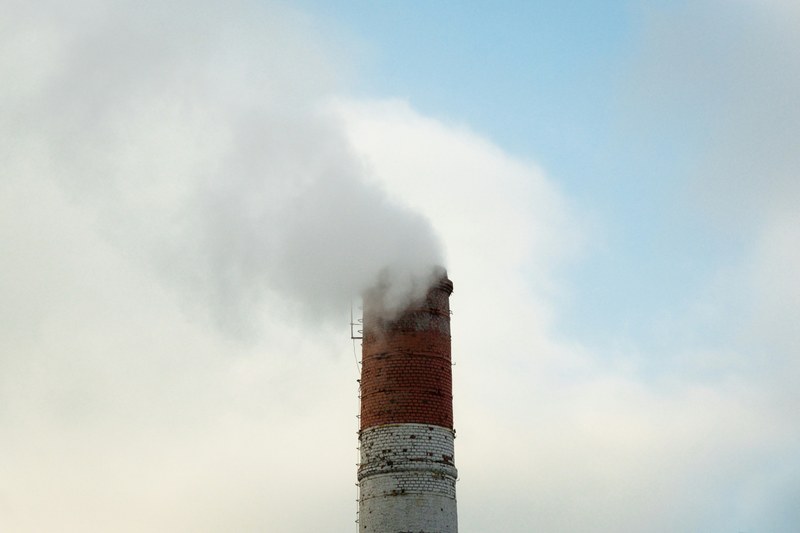All official European Union website addresses are in the europa.eu domain.
See all EU institutions and bodiesHazardous chemical substances can cause serious harm to the environment and human health. Although emissions from many dangerous chemicals have dropped in the EU, exposure to substances with unknown effects remains high.
From food to cosmetics, to paints and textiles, natural and manufactured synthetic chemicals are present in every aspect of our lives. Unfortunately, some of the substances we rely on daily can harm us when they accumulate in air, water and soil.
Exposure to even small amounts of certain chemicals can harm our health and the environment. Some of these substances have been banned in the European Union, including asbestos used in building insulation and polychlorinated biphenyls (PCBs).
Agricultural pesticides can also end up in rivers, lakes and groundwater, potentially harming aquatic ecosystems and water quality. Polyfluorinated alkyl substances (PFAS), a group of hazardous chemicals widely used for waterproofing and non-stick products, also accumulate over time in humans and the environment.
These chemicals can impact our health. According to some estimates, about 8% of deaths can be attributed to hazardous chemicals. These numbers could be underestimated, given that we are only aware of the health effects of a small portion of chemicals in use today. In some cases, these substances also interact, resulting in toxic chemical cocktails.
The transition towards safer and more sustainable chemicals is progressing in some areas, while in others, it is just beginning, according to the Europe-wide assessment of the drivers and impact of chemical pollution by the EEA and the European Chemicals Agency (ECHA)

What is the latest on hazardous chemicals and health?
Europe continues to manufacture and use a large variety of chemicals that are hazardous to human health. People are exposed to complex mixtures of chemicals in their daily lives by consuming contaminated food and drink, breathing in polluted air and dust, and using consumer goods.
While recent EU restrictions boost the progress towards its 2050 ambition of reducing pollution to levels no longer harmful to health and natural ecosystems, further efforts will be needed to eliminate all negative impacts.
Our zero pollution monitoring assessment takes a closer look at both the production of chemicals and their health impacts.
Full life-cycle perspective on PFAS polymers needed
PFAS polymers, a chemical form of PFAS made up of larger molecules, have received less attention than other PFAS compounds like PFOS and PFOA — but growing evidence shows they can harm our health, the environment and the climate.
This EEA briefing presents the impacts of PFAS polymers and why it is important to consider their full life cycle — from production to disposal — to inform effective EU policy action.

Can we prevent harm to people and the environment from hazardous chemicals?
The EU’s chemicals policies aim to tackle the challenge of producing and using chemicals to address societal needs while respecting planetary boundaries and avoiding harm to humans and the environment. The EEA, ECHA and the European Commission have developed a set of key indicators to support the goals of the strategy.

EU Agencies assess the drivers and impact of chemical pollution
The overall use of the most harmful chemicals (in particular those that are carcinogenic, mutagenic and reprotoxic) is still growing but more slowly than the overall chemicals market growth, according to the synthesis report by the EEA and the European Chemicals Agency (ECHA) on the EU indicator framework for chemicals. Pressure is increasing to avoid the use of so-called substances of concern and to implement the principles of the safe and sustainable by design framework.
There is a need to more effectively ensure that consumer products do not contain the most harmful substances, for example chemicals that are endocrine disrupting, that negatively affect the hormone system, or substances that are persistent, bioaccumulative and toxic, which present a risk for years to come even after their use has ceased.
The EEA, ECHA and the European Commission have developed a set of key indicators to support the goals of the strategy. The framework has an online dashboard and the indicators are also accessible through this dashboard.
Actions for sustainable and safer chemicals
Promoting chemicals that are safe and sustainable by design, harnessing the innovative capacity of the chemical industry to provide technologies, materials and products that are non-toxic, low-carbon and fit for circularity;
Phasing out uses of harmful substances that are not essential. Harmful chemicals should be used only when they are necessary for health and safety or if critical for the functioning of society and if there are no acceptable alternatives; and
Managing the risks of chemicals in groups, rather than one by one, to expedite the protection of citizens and the environment.


